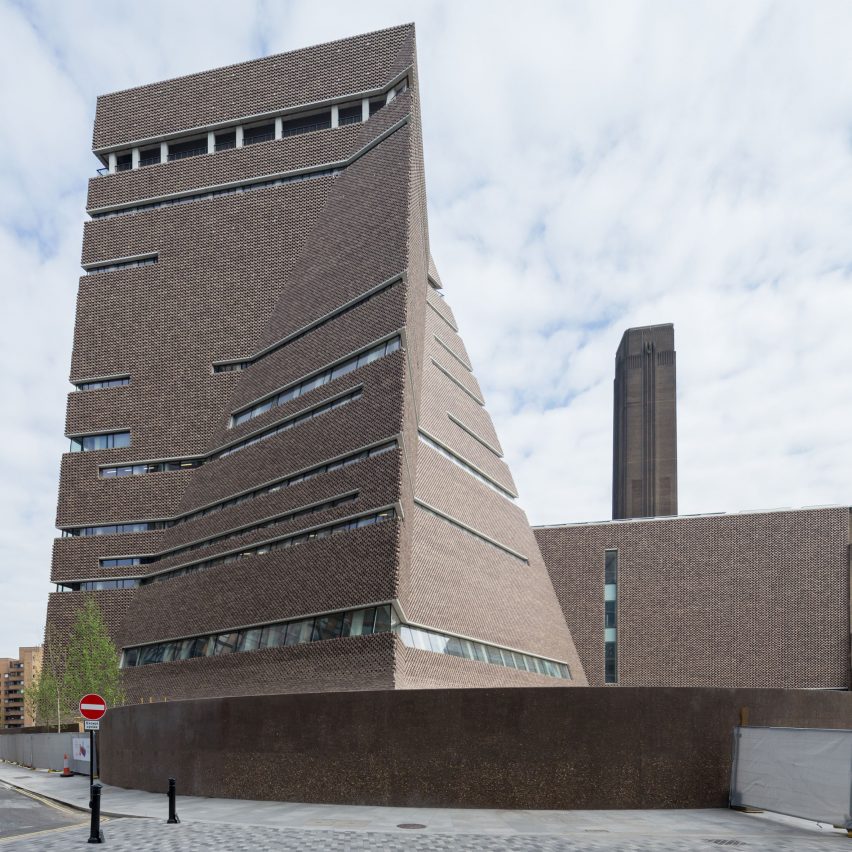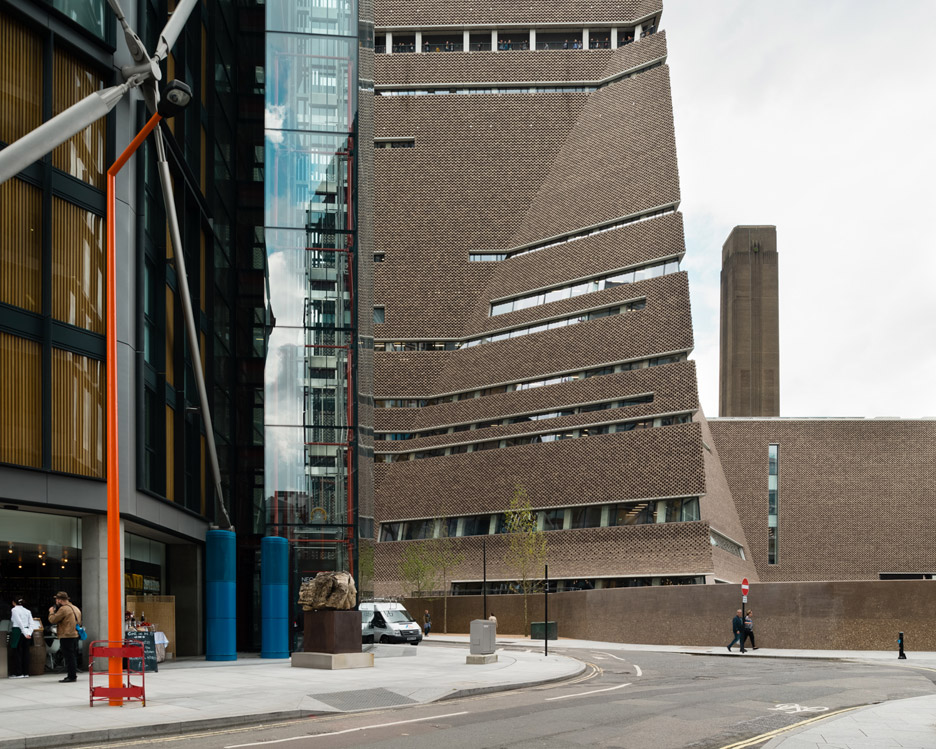Neo Bankside residents should add net curtains to stop gallery visitors spying says Tate director
Outgoing Tate galleries director Nicholas Serota has waded into the feud between Neo Bankside residents and Tate Modern, whose new viewing platform overlooks the luxury housing development on London's South Bank.
Serota said concerned residents of the Rogers Stirk Harbour-designed development – where flats sell for between £1.5 and £5.95 million – should add blinds or net curtains to their window walls to stop visitors to the viewing platform on top of Tate Modern's new Switch House extension looking into their homes.
Privacy would "be enhanced if those people decided that they might put up a blind or a net curtain or whatever, as is common in many places," said Serota in an article published by the Guardian.
"People purchasing those flats were in no doubt that Tate Modern was going to build its new Switch House building, and the character and uses of that building were widely known," he said. "People purchased with their eyes wide open."
His comments come after residents of Neo Bankside threatened to take legal action against Tate Modern over the 360-degree viewing platform at the top of the 10-level, £260 million extension.
The 64.5-metre-high addition by Swiss architects Herzog & de Meuron opened to the public in June. Since then, residents of the apartments have claimed that gallery visitors have been using zoom-lens cameras and binoculars to look into their homes.
Neo Bankside was completed before the Tate Modern extension. Native Land, the developer behind the housing, did not object to the viewing platform during the planning process.
"While development of Neo Bankside had already begun when plans for the new gallery were submitted to the authorities, potential buyers at Neo Bankside had access to marketing material which showed the location of the planned viewing gallery," said Native Land in a statement.
"A model showing the planned Tate extension in context to Neo Bankside was also available. We, the Tate and Southwark council are liaising with the affected residents and neighbours to consider the concerns raised."
A photo posted by Bergman & Mar (@bergman.and.mar) on
The gallery has also insisted that it offered residents plenty of opportunity to review and comment on the design of the extension.
"The viewing level is an intrinsic part of the free public offer of the new building, providing a 360-degree experience that is virtually unique to London," it said.
"Since the very first plans were drawn up in 2006 we have been through an extensive consultation and planning process, and have maintained an ongoing dialogue with local residents."
"At no point during this process were any concerns raised regarding the viewing platform. There is signage encouraging the public and visitors to use it respectfully and responsibly."
The gallery has put up signs asking visitors "not to gesticulate" and to respect local residents' right to privacy.

The Neo Bankside apartments feature walls of glass, originally pitched as offering views out over London's skyline and the Thames.
A resident with two young children told the Guardian that visitors to the gallery's restaurant were able to see directly into her living room.
"When we moved in, the entire side [of the Tate Modern] was covered and it was under construction, so we didn’t know how bad the situation was going to be," said another. "When it did open, I realised there was a window right outside ours. It was a surprise."
But another pointed out that a number of the Neo Bankside development's blocks are overlooked by other buildings, including the Blue Fin office block designed by London firm Allies and Morrison.
"If you buy a flat with so much glass and think you're buying privacy, you're stupid," she said. "I think people are being a little hysterical."

Rogers Stirk Harbour + Partners won planning permission for the development in 2007. Its first six towers were completed in 2013. The Tate Modern extension was granted planning permission in 2009, despite complaints from the occupiers of the nearby Blue Fin building over privacy. Construction started in 2010.
Neo Bankside came under fire last year when it emerged that it did not achieve its affordable housing target. The figure was 27.5 rather than 40 per cent, prompting Guardian critic Oliver Wainwright to brand it "a dangerous precedent".
Serota, who this month announced that he was stepping down as director of the Tate galleries after 28 years, was the driving force behind the creation of Tate Modern, inside the former Bankside Power Station. Herzog & de Meuron was also behind this project, which opened in 2000.